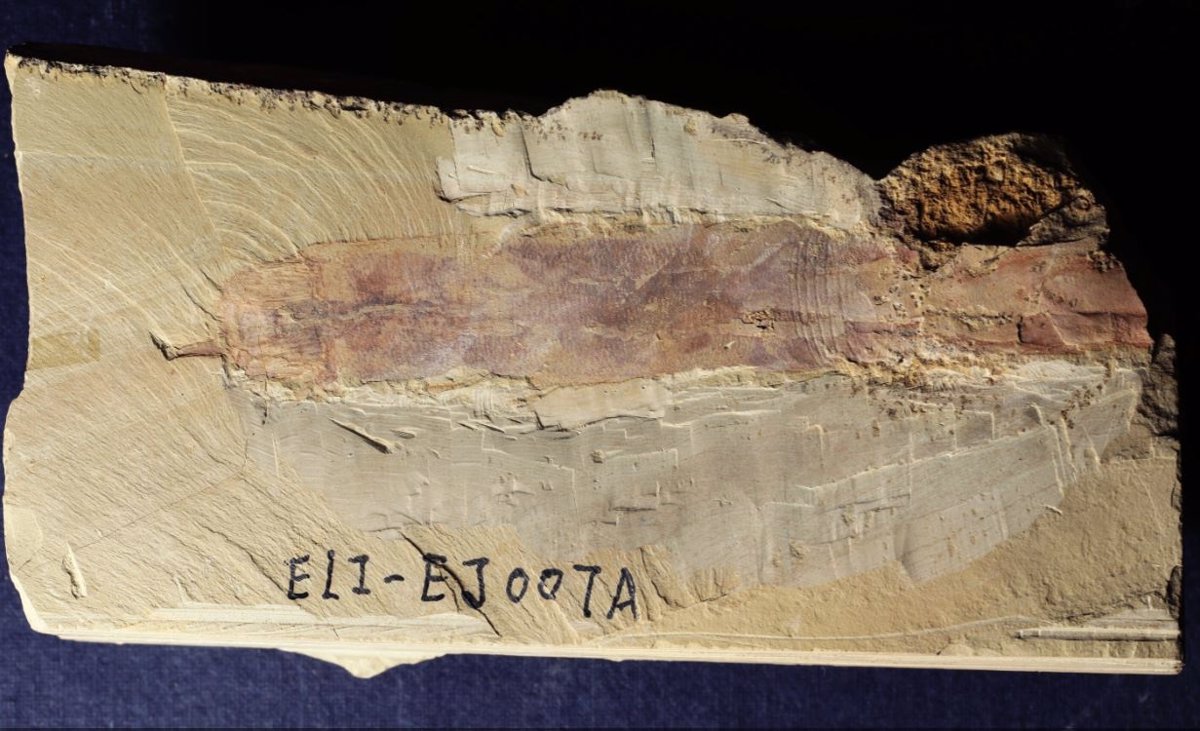MADRID, February 1 (EUROPA PRESS) –
Ancient fossils have shed new light on a kind of marine worm, linking it to time the evolutionary explosion that gave rise to modern animal life.
Researchers from Durham University (UK) and Xi’an Northwest University (China) examined 15 superbly preserved fossils of the annelid worm Iotuba chengjiangensis, dating from the early Cambrian period. 515 million years ago.
The fossil remains included evidence of worm intestines and kidneys and revealed that they had an unexpectedly complex structure similar to other annelid worms.
The researchers say this means the annelids – or segmented worms – diversified into different lineages. it is about 200 million years earlier than previously thought and was part of an evolutionary leap known as the Cambrian explosion.
The Cambrian explosion brought about a major increase in organisms between 540 and 530 million years ago – as the fossil record shows – and saw the emergence of many of the main groups that made up animal life on Earth.
The results are published in a journal Proceedings of the Royal Society B.
Study co-author Dr. Martin R. Smith, of the University of Durham’s Department of Earth Sciences, said that’s a statement: “We know that the main animal lines we see today emerged during the Cambrian explosion, but we’ve always thought that annelid worms were late to the party, and their main subgroups didn’t start diversifying until almost 200 million years later.”
But the amazingly preserved fossils we have studied and the structures of these amazing little creatures challenge this picture and show that annelid worms – including Iotuba chengjiangensis – seems to follow the pattern of events started by the Cambrian explosion.”
“Detailed fossils of this type of worm are very rare, so it’s great to be able to study the fossil record of these small animals in great detail. It turns out that They weren’t late for the party at all, they were just hiding in a side room.”
Researchers claim that Iotuba chengjiangensis is a cage worm that can move its head in and out of a cage made of coarse spines. This turns the worm into close relative of the annelid marine worm family such as Flabelligeridae and Acrocirriidae.
Dr Smith added: “These families are like the top rungs of the evolutionary ladder. For these groups to appear so early, there must have been a dramatic invisible origin for modern annelid diversity in the middle of the Cambrian explosion. Turns out that’s a lot of the annelids we know. and love today they may have started evolving much earlier than we think“.
The study’s lead author, Dr. Zhifei Zhang, of Xi’an Northwest University, China, stated: “Annelids are one of the largest and most successful animal phyla that thrive in both terrestrial and marine ecosystems.with the most diverse living lineage, Polychaeta, lives in the sea.
“The best known are, for example, earthworms, leeches and clamworms. There are also at least 20,000 species and 80 families of Polychaeta in modern oceans. However, the earliest geological record of fossils in the Cambrian layers, even in the well known Conservat-Lagerstätten, they are quite rare.
“Is this because smoothworms did not exist, or were they simply not conserved? Our study provides the first enlightening answer: segmented worm biodiversification occurred much earlier than previously thought.”

“Entrepreneur. Internet fanatic. Certified zombie scholar. Friendly troublemaker. Bacon expert.”







